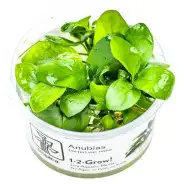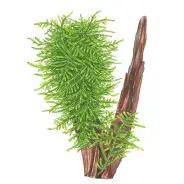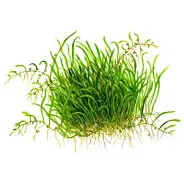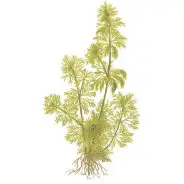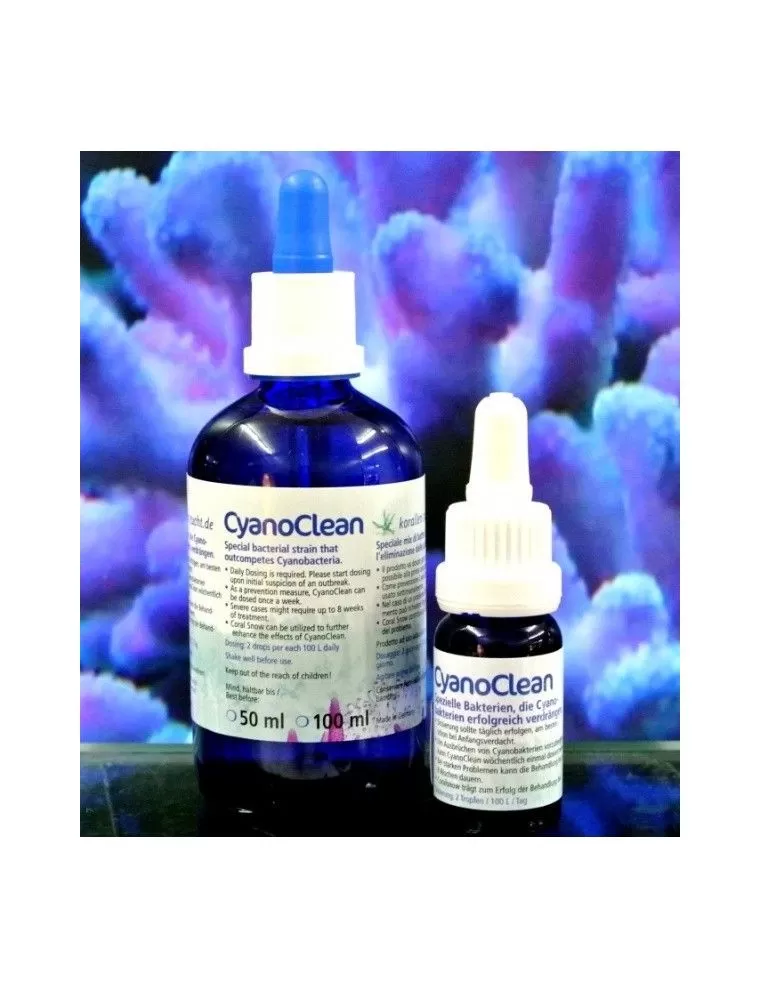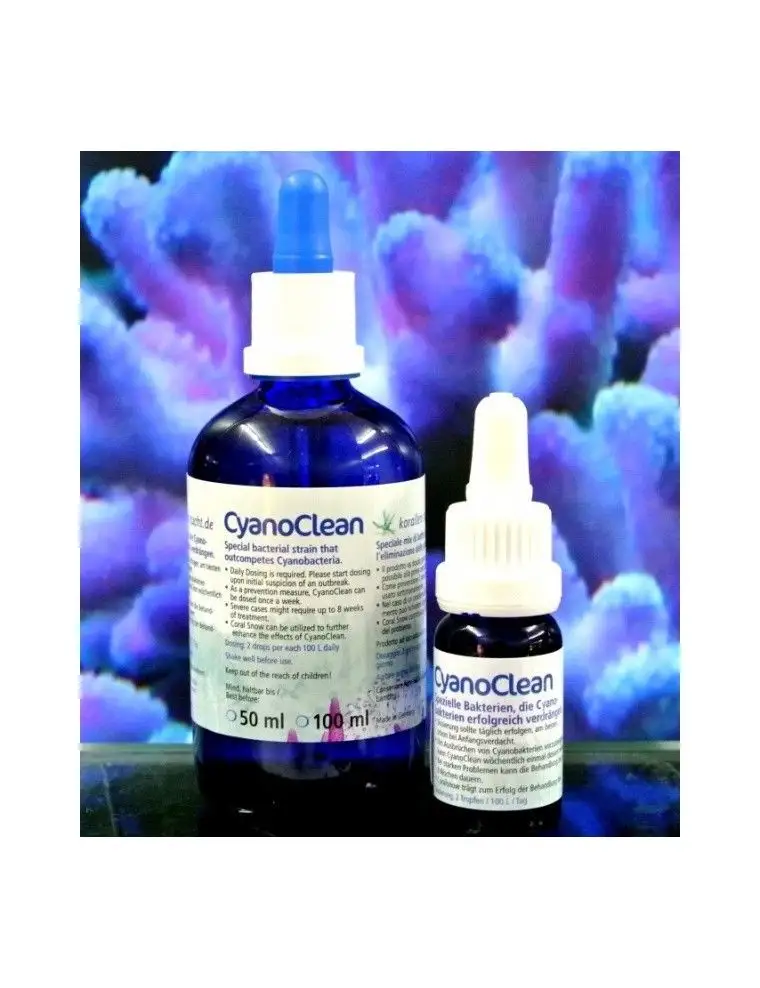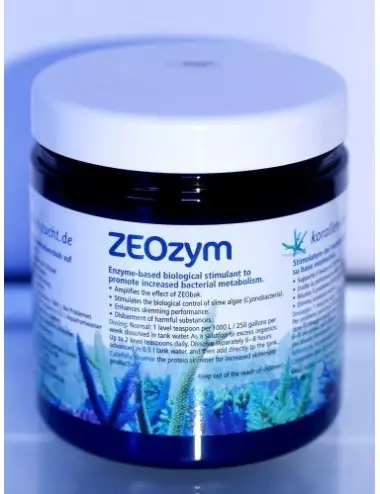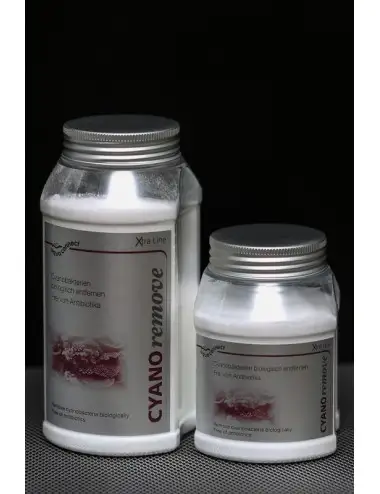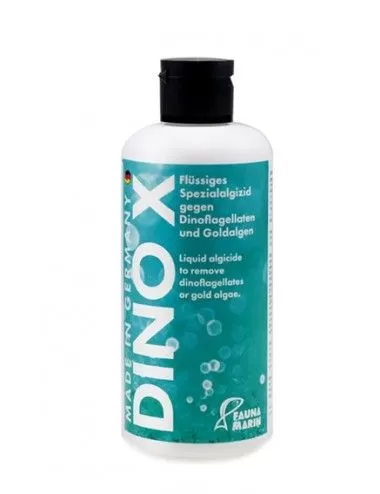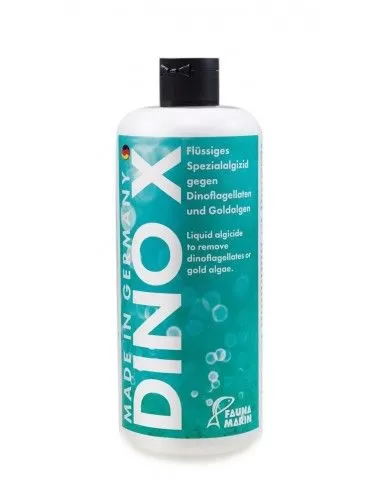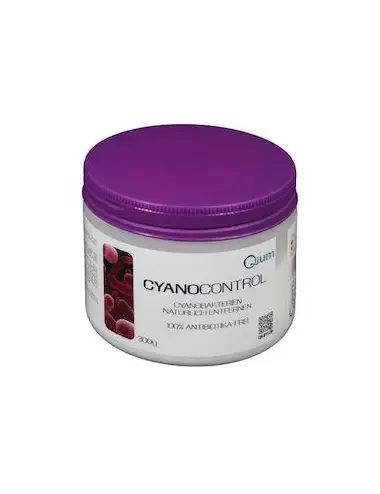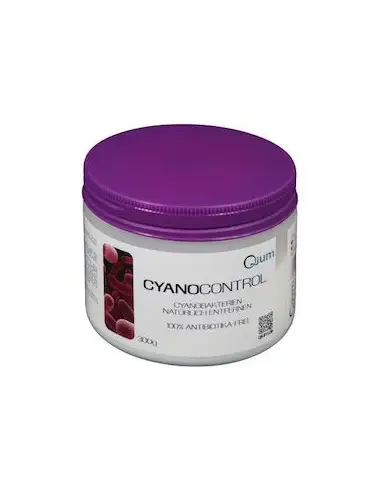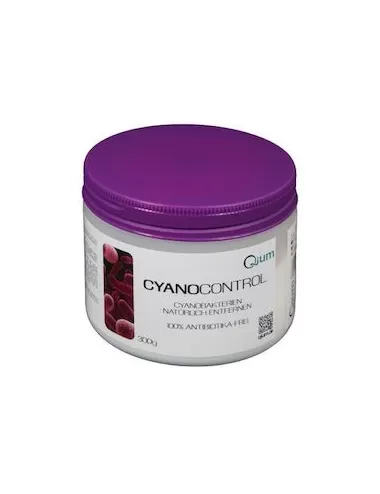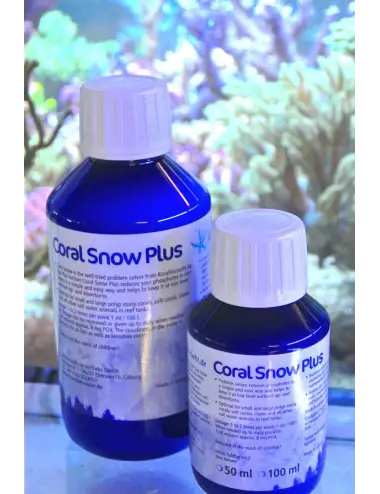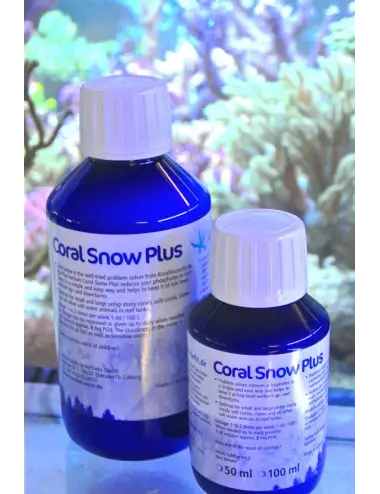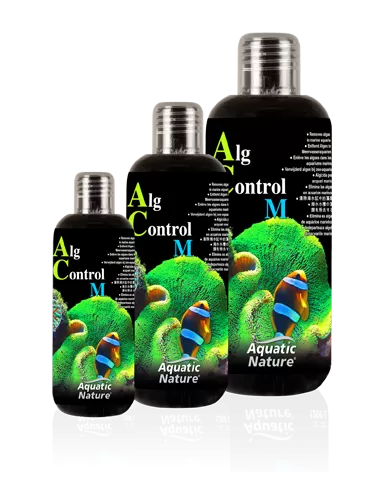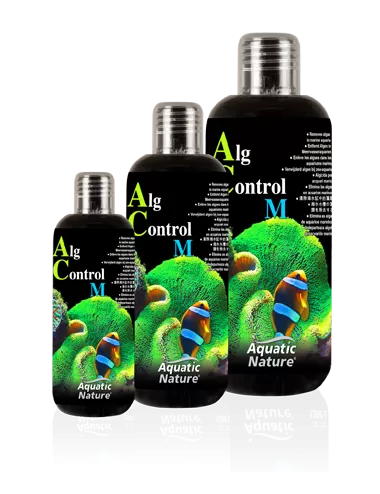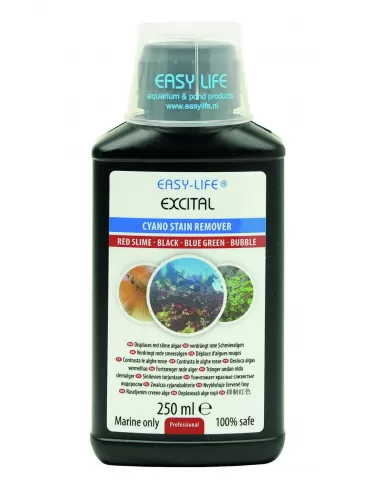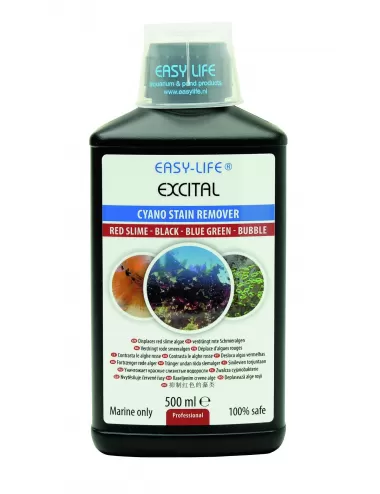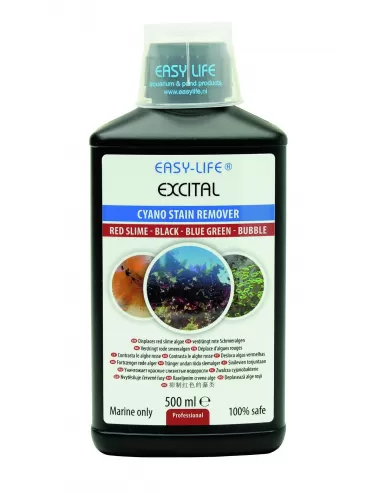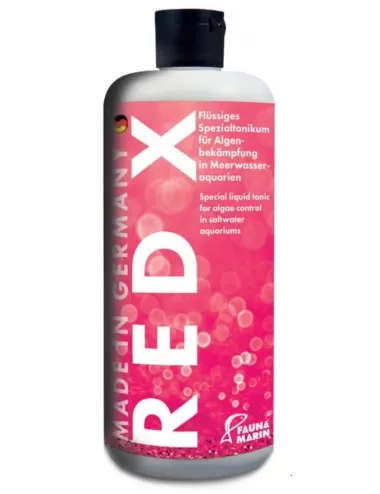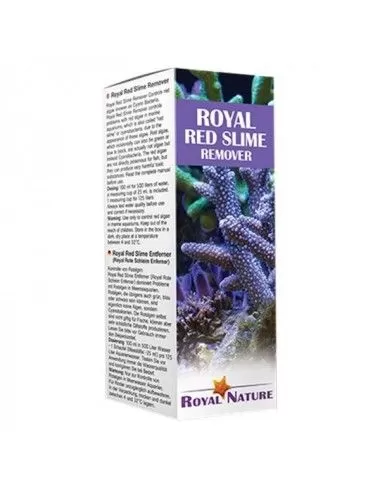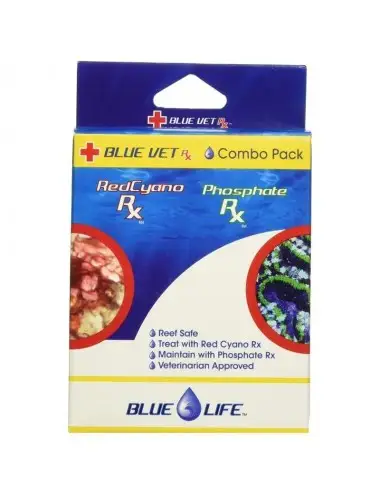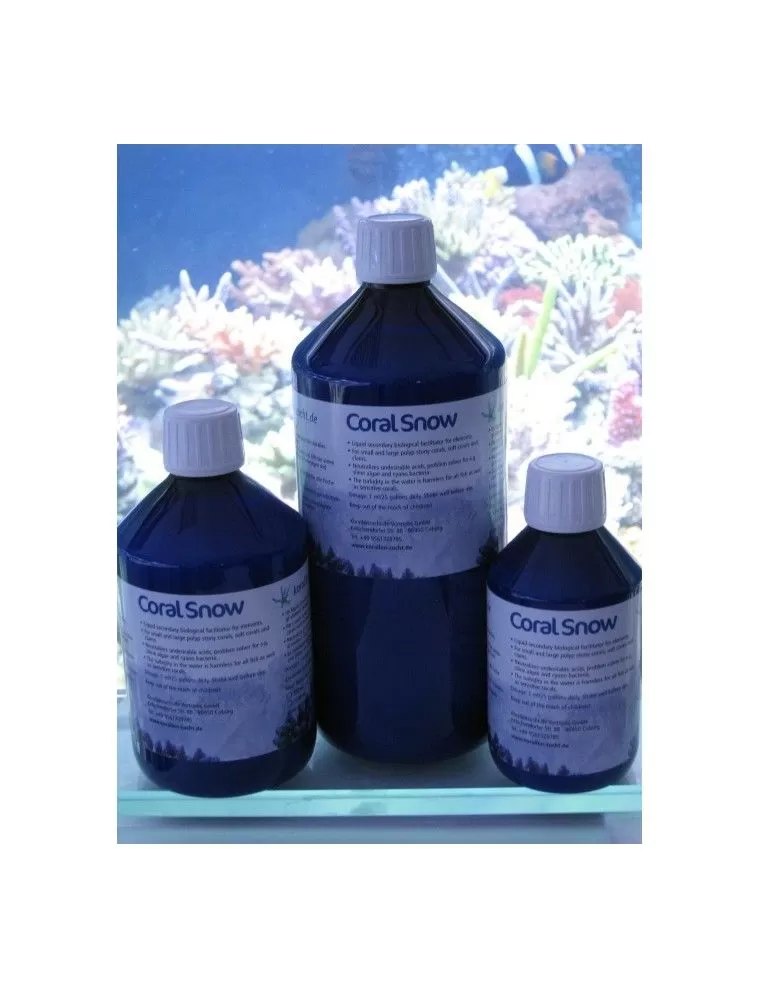- -15.2%
- -15.2%
- 4 in stock
Elimination of cyanobacteria and algae for saltwater aquarium
- -16.67%
- -16.67%
- 4 in stock
- 1 in stock
- 2 in stock
- 1 in stock
- 2 in stock
- -€6.00
- -€6.00
- in replenishment
- -€10.00
- -€10.00
- in replenishment
- 2 in stock
- in replenishment
- 1 in stock
- 2 in stock
- -€1.00
- -€1.00
- 2 in stock
- -€6.00
- -€6.00
- 1 in stock
- in replenishment
- in replenishment
- in replenishment
- -€2.00
- -€2.00
- 7 in stock
- 5 in stock
- 6 in stock
- -€8.00
- -€8.00
- 2 in stock
- -€6.00
- -€6.00
- 4 in stock
- in replenishment
- 5 in stock
- 6 in stock
- 4 in stock
- 2 in stock
- 2 in stock
- 1 in stock
- -€5.00
- -€5.00
- 1 in stock
- in replenishment
- in replenishment
Questions / Réponses
The presence of algae in an aquarium is normal, even inevitable . What's more, some are popular with herbivorous fish . They also play a role in the balance of the aquatic environment by absorbing phosphate and nitrogen elements.
However, algae growth in an aquarium is a sign of an imbalance .
What are cyanobacteria?
Among these algae, we find cyanobacteria ( blue, red or brown algae ): they proliferate in the form of a viscous web. As their name suggests, these algae are coupled with bacteria . They are, among other things, the consequence of an excessive intake of food, and indicate that there is an excess of phosphate, nitrate and nitrogen . Very resistant , it is difficult to dislodge them completely. In reef aquariums, cyanobacteria can smother and kill corals .
Some species of cyanobacteria produce toxins . The best known toxins are microcystins, nodular toxins, columnar toxins, toxoids, saxitoxin and their derivatives. The presence of cyanobacteria, or rather their development, is a direct repercussion of water quality problems . They develop and multiply with unbalanced, poorly maintained, dirty soils, too much organic waste... and once installed, it's a tragedy! Their mode of reproduction makes them almost invincible . After cleaning, it only takes less than 1 mm of cyanobacteria to multiply and form a thick shell again within a few hours. … preventing any chlorophyll activity. Plants weaken, choke and eventually wilt. The same is true for any microbial or bacterial life, once covered.
Discover a wide choice of treatment against cyanobacteria and algae at low prices at Zoanthus.fr , official supplier of the brands:
Aqua-Médic , AquaConnect , Aquarium System , Aquatic Nature , Easy Life , Fauna Marin , Korallen-Zucht and Qium .
